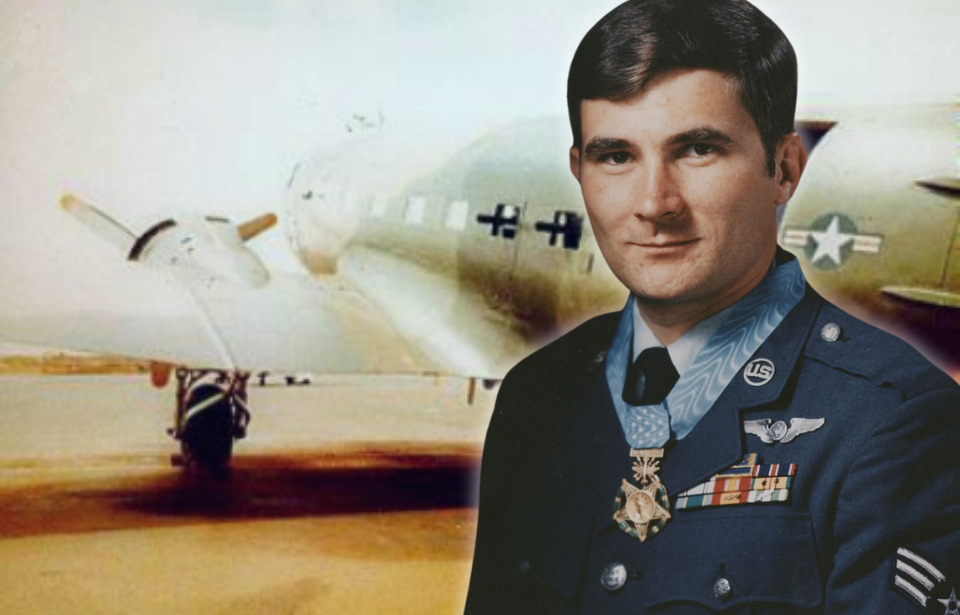John Levitow’s story is a powerful reminder that true heroism comes not from rank or status, but from bravery and selfless action when it matters most. Raised in modest circumstances, Levitow never expected to become a national hero. Yet during his service in the Air Force, one courageous act would secure his place in military history.
John Levitow’s enlistment in the US Air Force

John L. Levitow was born in Hartford, Connecticut, and enlisted in the U.S. Air Force in June 1966. Originally, he had planned to join the Navy, but at the last moment, he switched his choice and signed up with the Air Force instead.
After entering the service, Levitow started out as a civil engineer. He later trained to become a loadmaster, a role that became central to his military career. Loadmasters play a critical part on an aircraft—they handle the proper weighing and loading of cargo, help arrange passenger seating to maintain balance, and make sure the plane stays safe and stable throughout the flight.
Incident in South Vietnam
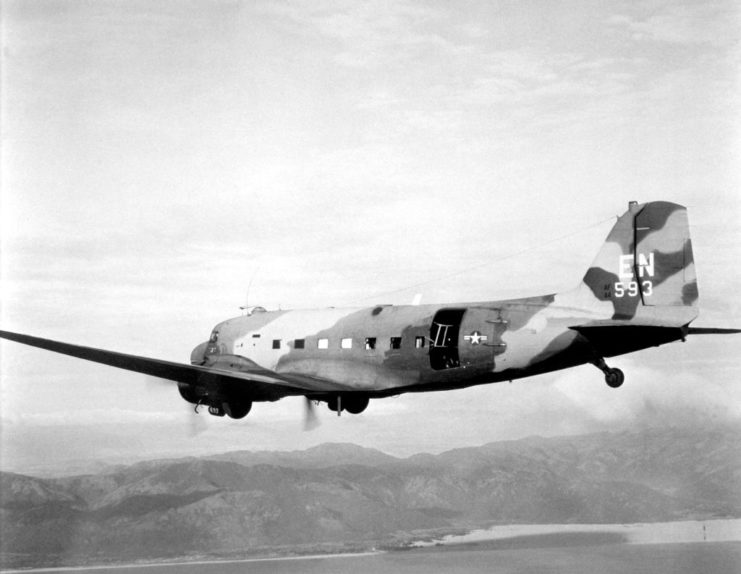
On February 24, 1969, John Levitow was serving as the loadmaster aboard a Douglas AC-47, codenamed “Spooky 71,” a heavily armed aircraft assigned to the 3rd Special Operations Squadron. The mission was a nighttime operation over South Vietnam, where Levitow’s role was to prepare Mark 24 magnesium flares, set the ejection and ignition timers, and pass them to the gunner for deployment.
During the mission, the aircraft’s pilot, Maj. Kenneth Carpenter, detected muzzle flashes near Long Binh Army Base and directed fire toward Viet Cong positions near Tan Son Nhut Air Base. While Levitow and the gunner were deploying the flares from the cargo door, the AC-47 was struck by a North Vietnamese mortar shell, leading to a life-threatening situation for everyone aboard.
Extreme bravery in the face of mortal danger
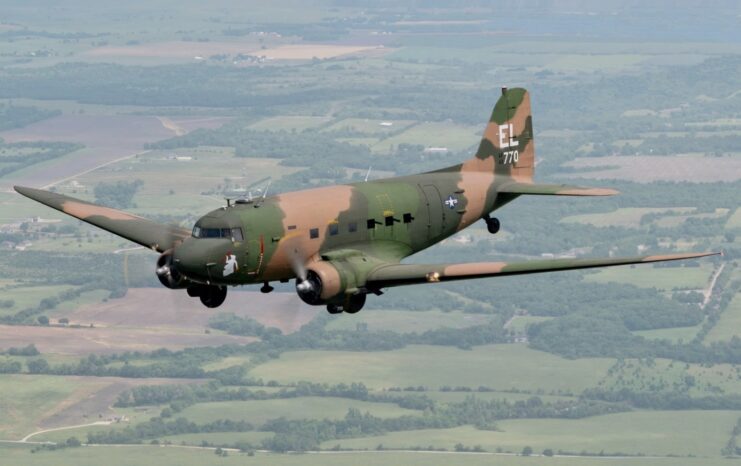
The blast injured everyone aboard the aircraft. John Levitow sustained a concussion and over 40 pieces of shrapnel lodged in his back and legs. In the chaos, a live flare slipped from a gunner’s hands, placing the entire crew in immediate peril. Had it ignited the onboard explosives, the result would have been catastrophic.
Though in severe pain and barely conscious, Levitow dragged himself toward the flare, shielded it with his body, and managed to hurl it out the cargo door just in time. The AC-47 sustained heavy damage—over 3,500 punctures riddled its fuselage and wings—but thanks to his actions, the crew made it back to base alive.
Presented with the Medal of Honor for exceptional heroism
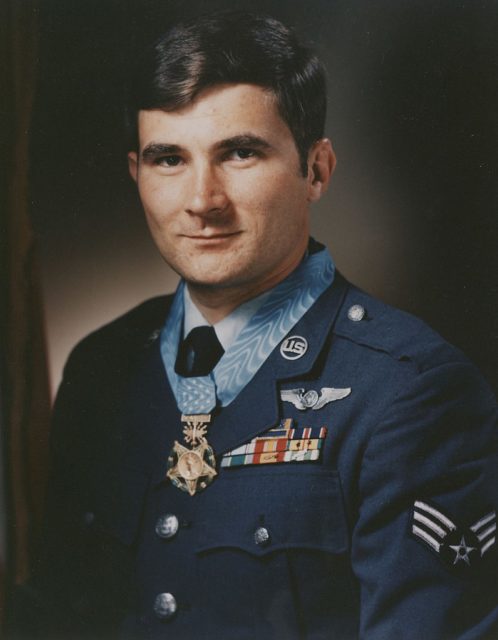
John Levitow was awarded the Medal of Honor for exceptional heroism during wartime, making him the lowest-ranking airman to receive the US military’s highest honor. It was presented to him by President Richard Nixon in May 1970.
Among his other decorations were the Purple Heart, the Air Medal with silver and two bronze oak leaf clusters and the National Defense Service Medal.
John Levitow’s legacy
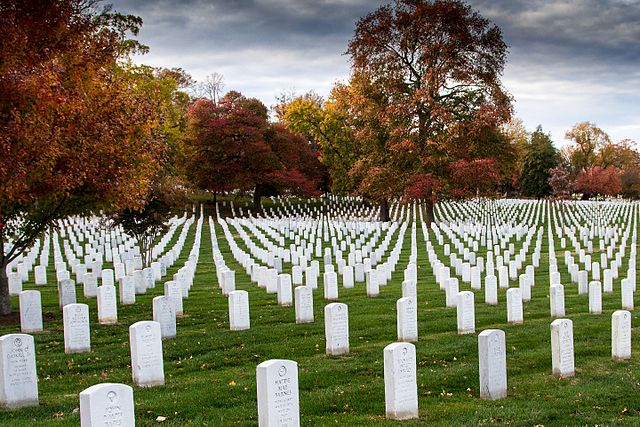
John Levitow passed away from cancer in November 2000 at the age of 55 and was laid to rest at Arlington National Cemetery.
To commemorate his legacy, the U.S. Air Force established the John Levitow Award, the highest honor presented to graduates of the Air Force Enlisted Professional Military Education program. The award is reserved for those who finish in the top one percent of their class, recognizing exceptional leadership and achievement.
Levitow’s legacy continued to grow in the years following his service. In 1998, he was inducted into the Airlift/Tanker Association Hall of Fame. Additionally, a Boeing C-17 Globemaster III was named The Spirit of John L. Levitow and initially assigned to the 437th and 315th Airlift Wings at Charleston Air Force Base in South Carolina. The aircraft was later reassigned to the 105th Airlift Wing of the New York Air National Guard, continuing to carry his name and story across the skies.
